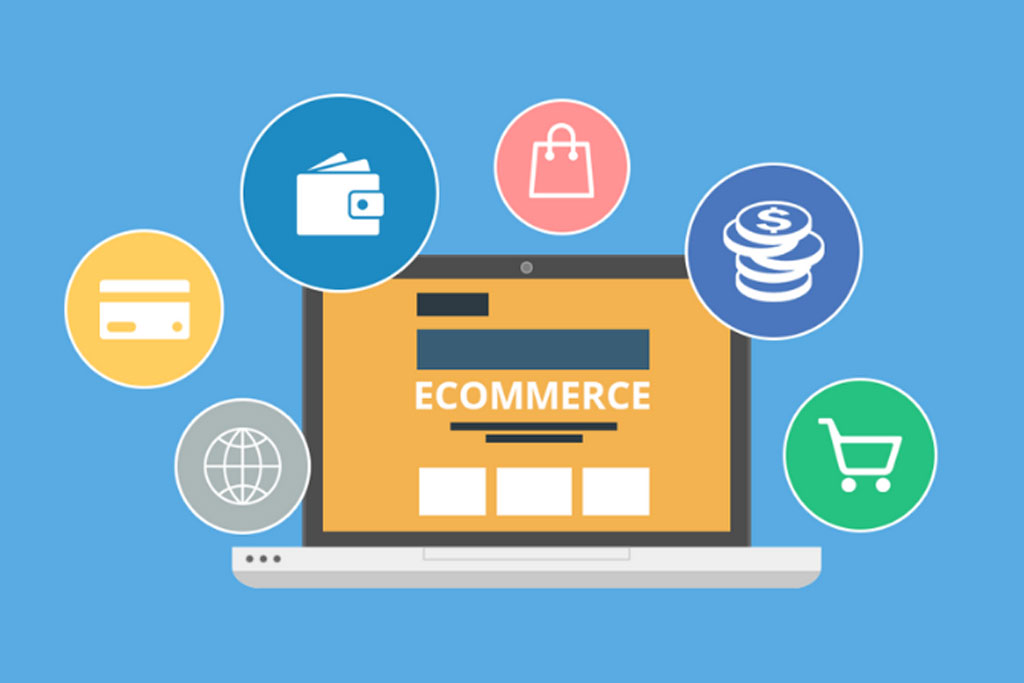In the ever-expanding digital marketplace, having a reliable and secure payment process is crucial for the success of your e-commerce website. This article aims to provide a comprehensive technical overview of the process involved in getting paid online through your e-commerce website. We will explore the key components, transaction flow, and security measures required to facilitate seamless and safe online payments.
-
Payment Gateway Integration: To enable online payments, your e-commerce website needs to integrate with a payment gateway. A payment gateway acts as a bridge between your website and the financial institutions involved in processing payments. During the integration process, you typically obtain API credentials from the payment gateway provider, which allow your website to communicate securely with their system.
-
Customer Selection of Payment Method: Once a customer proceeds to the checkout process on your e-commerce website, they are presented with various payment options. These options may include credit/debit cards, digital wallets (such as PayPal or Apple Pay), bank transfers, or other localized payment methods. The customer selects their preferred payment method, and the website captures this information for further processing.
-
Transmission of Payment Data: When the customer submits their payment details, your website securely transmits the data to the payment gateway using encrypted connections (such as SSL/TLS) to protect sensitive information. The data typically includes the transaction amount, customer details, and the chosen payment method.
-
Payment Authorization: Upon receiving the payment data, the payment gateway performs a series of validations and security checks. This may involve verifying the cardholder’s identity, validating the transaction amount, and conducting fraud detection checks. The payment gateway communicates with the respective financial institution or payment processor associated with the selected payment method to authorize the transaction.
-
Response Handling: The payment gateway sends a response back to your e-commerce website to indicate the status of the payment authorization. This response usually contains a unique transaction identifier, authorization codes, and other relevant information. Your website captures and stores this data for further processing and order fulfillment.
-
Order Confirmation and Fulfillment: After a successful payment authorization, your e-commerce website generates an order confirmation page or email notification, providing the customer with details of their purchase and payment. Simultaneously, your website triggers order fulfillment processes, such as inventory management, shipping, or digital product delivery.
-
Settlement and Transfer of Funds: Periodically (daily, weekly, or as configured), the payment gateway initiates the settlement process, which involves transferring the funds from the customer’s account to your business account. The payment gateway deducts any applicable fees or commissions before transferring the remaining balance. Settlements can be made via electronic funds transfer (EFT), automated clearing house (ACH), or other supported methods.
-
Security Measures: To ensure secure online payments, it is crucial to implement robust security measures throughout the process. Some key security practices include:
- Utilizing encryption (SSL/TLS) to protect data transmission between your website and the payment gateway.
- Employing tokenization or encryption techniques to securely store and transmit sensitive payment data.
- Implementing additional security layers such as address verification system (AVS), card verification value (CVV) checks, and 3D Secure authentication for card payments.
- Regularly monitoring and updating your website’s security infrastructure to protect against potential vulnerabilities or data breaches.
A well-implemented and secure payment process is essential for the success of your e-commerce website. By integrating with a reliable payment gateway, implementing robust security measures, and following industry best practices, you can provide your customers with a seamless and secure online payment experience. Understanding the technical process behind online payments enables you to make informed decisions, optimize your website’s payment flow, and build trust with your customers in the digital marketplace.

